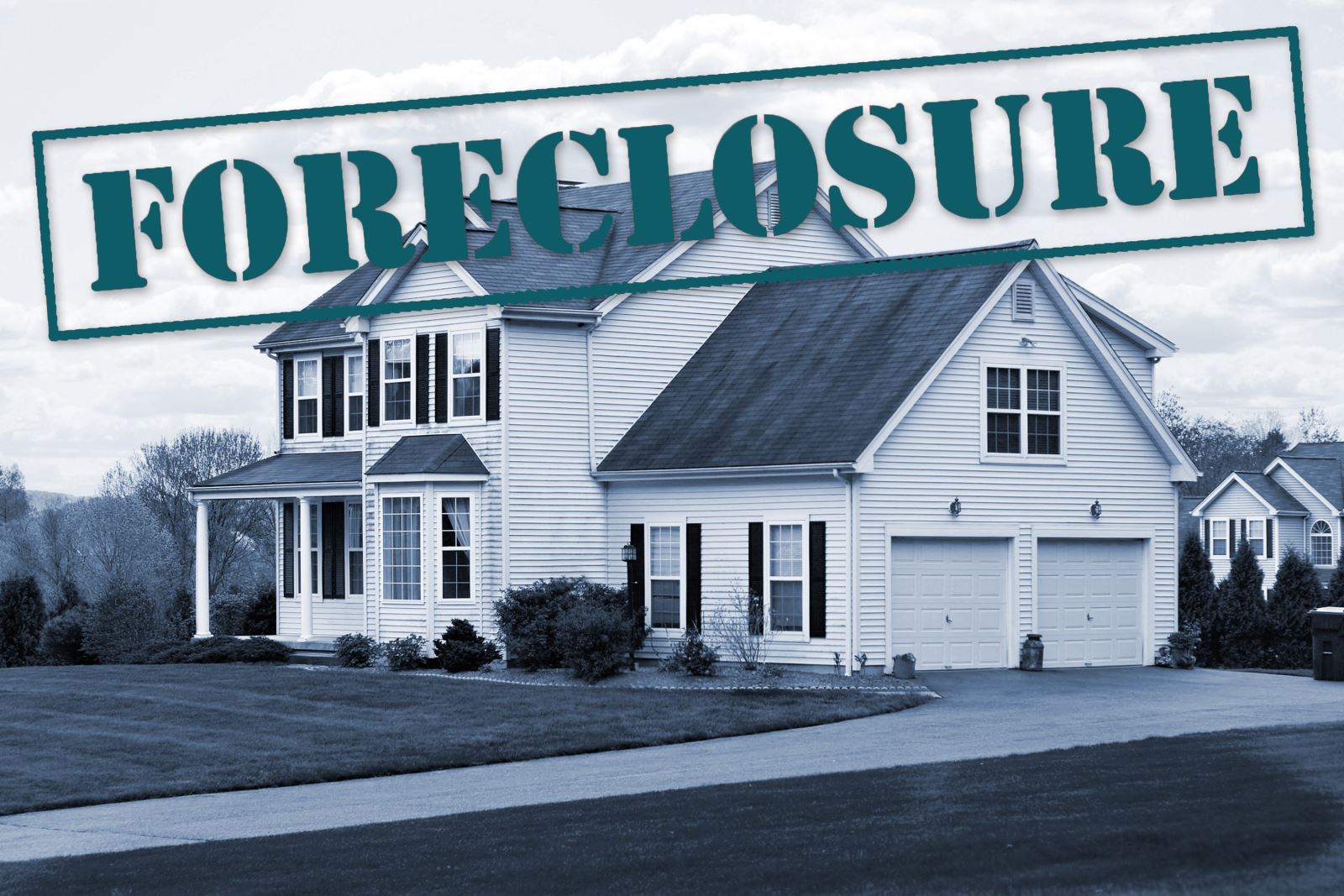Build vs. Buy

It is time for a new home, but there is a dilemma: a new neighborhood is in development in an area you love, and the model home is calling to you! On that same note, in an older, established community, you see several houses that would be a great fit for your family. Should you buy an already-built, older home, or go with the brand-new construction, tailor-made for you? Let this guide help you make that decision:
-
Buy: Buying an existing property isn’t an instant process, but it does not take long to get pre-approved for a mortgage, go house hunting and find the house you love, close on the deal, and move in.
-
Build: According to the latest research from the US Census, new construction takes an average of seven months from planning to moving in.
-
Buy: Negotiating is key to many home purchases and if a house needs some work or repairs, the seller usually makes exceptions and changes to reflect reasonable inspection findings.
-
Build: Model homes will be shown with upgrades that can add thousands to the base selling price. Customizing your dream home, however, cannot have a price tag.
-
Buy: What you want in landscaping, such as trees, a garden, or an established lawn, are ready for you to enjoy. Personalizing it with your favorite plantings will cost much less than starting a new lawn and landscaping.
-
Build: You may see a brand-new yard as a canvas and plan your own landscaping design. Where you want trees or outdoor structures are all according to your imagination--the possibilities are almost endless!
-
Buy: An earnest money deposit generally starts at 1% of the price of the home. Closing costs can sometimes be part of the sale negotiations, but not always.
-
Build: Many builders prefer an earnest money deposit to be at least 5% of the sale price and closing costs do not vary as much unless the builder is offering to cover those costs as a purchase incentive. Just ask--you might receive!
-
Buy: Buying an older home may require some work to update wall colors/coverings flooring or fixtures. Keep in mind that if any of those jobs can be DIY, costs will be significantly lower, and can be done when you have the extra money in the budget.
-
Build: A new build may not always be maintenance-free. Whether you are considering a new development or building on your own land, contact owners of the builders’ completed homes and make certain you will be paying for a quality home without new construction issues.
What matters most in the end is your happiness with your new home! The best thing you can do, however, is contact a RealtorⓇ to represent you as a buyer! The agent in a builder’s office is there as a service to the builder/seller. Finding a buyer agent is key to helping you decide what is best for you, your family, and your budget!
Courtesy of New Castle County DE Realtors Tucker Robbins and Carol Arnott Robbins.
Photo credit: Cypress Homes














